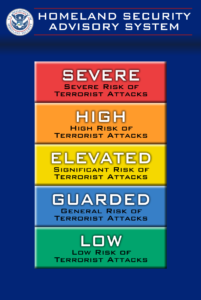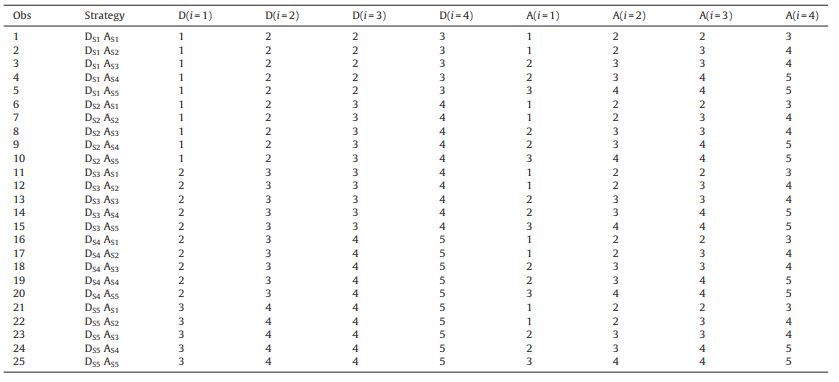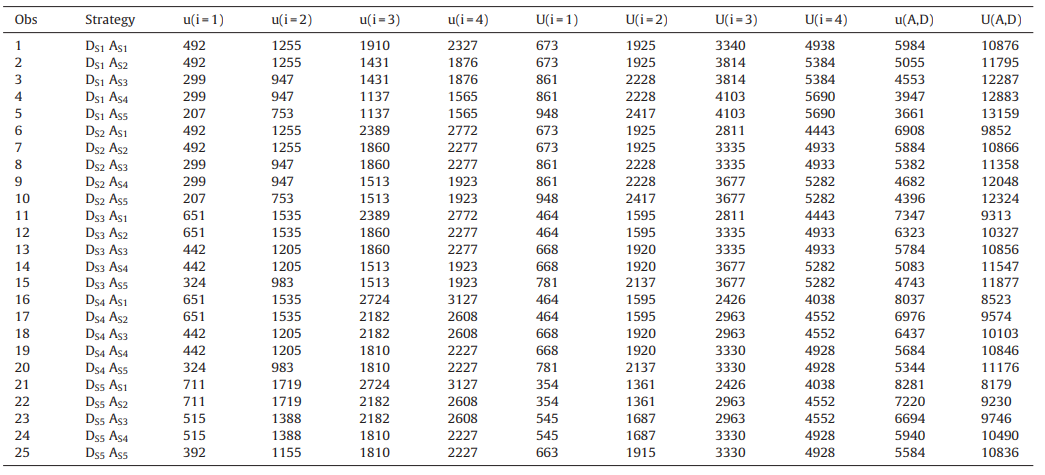Oil and gas pipeline incidents cause vast ecological, and economical and even fatal consequences. The implications of this accidents are soo vast far reaching that we often struggle to quantify their damages. It is for these reasons why researchers have great incentive to perform risk analysis on the vast network of pipelines that exist and find out the most likely sources of third party damage.
The expected actions of third party attackers can be analyzed through a game theory lens. Let Player 1 be the defenders of the pipeline. This mainly includes government organizations and private oil and gas companies. Let Player 2 be the attackers, comprised of the vandal and/or terrorists who are attempting to disrupt the pipeline. The attackers and defenders have 5 potential strategies to pick from which indicate an attack or defense severity from 1 to 5 respectively. Based on the choice of both the attackers and defenders the probability of a successful attack can be calculated. This will produce a 5×5 payoff matrix indicating the potential effectiveness of an attack.
Our payoff matrix for attackers and defenders should also take into account the percentage chance that a terrorists attack even happens in the first place. To study this, we can create 5 different payoff tables based on the 5 levels of terrorist threat defined by U.S. Homeland Security Advisory System.

This means that there are 25 potential payoffs for each of the 5 risk levels.

The payoffs here are range from 1 to 5 based on the security levels and the severity of the attack and defense. To get a more holistic outcome of what impacts terrorist attacks have we need to quantify the impact that attacks have on financial loss, environmental damage and the human loss term. These values are calculated and summed into an overall loss index and so we can craft more complex payoffs.

The Nash equilibrium of this payoff matrix is occurs when attackers and defenders act with the greatest intensity 5. In reality, oil and gas companies would rather not spend to defend all parts of their pipelines but this result is still beneficial. With further analysis, companies can choose specific parts of their pipelines that they wish to defend and spend heavily in these areas.
An important thing to note is the amount of uncertainty that still exists in a model like this currently. The loss index and calculation of potential damage are always subject to interpretation and can be increased, or decreased over time when real world data is collected. With that being said game theory has still proven to be a relevant frame with which to conduct risk analysis.
Source
Cui, Y., Quddus, N., & Mashuga, C. V. (2020). Bayesian network and game theory risk assessment model for third-party damage to oil and gas pipelines. Process Safety and Environmental Protection, 134, 178-188.